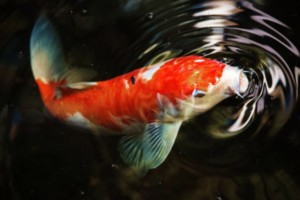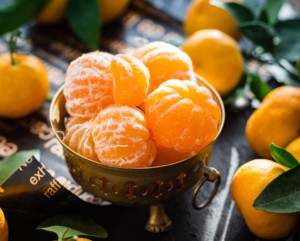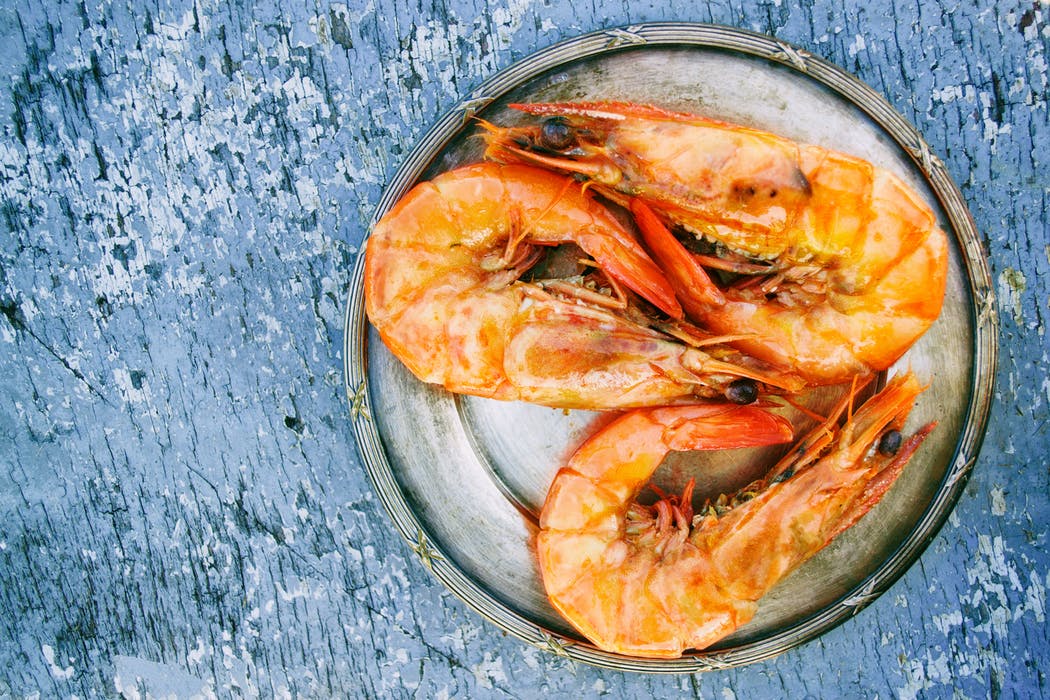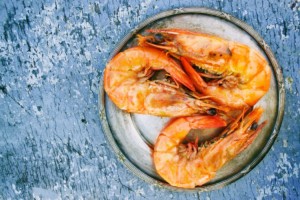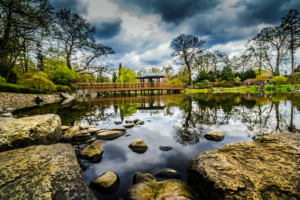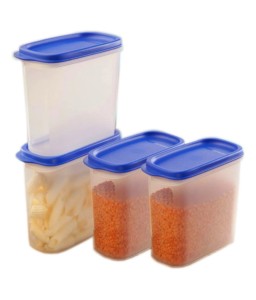So, Plant Proteins in Koi Food Are Bad?
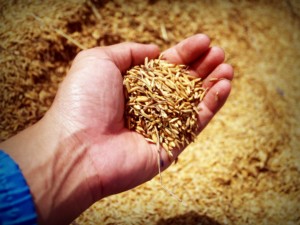
Au contrare! There are three common purposes for plant material in the food. Fiber, protein, and energy (carbohydrate) are all functions of plant proteins. When a company puts corn in a diet just for protein, it’s sort of sad. Sad for them (who’s doing their research?) and sad for the consumer.
Proteins can be lopsided.
But often, wheat, soy or corn meals are used *IN ADDITION TO AQUACULTURAL PROTEINS* to provide SOME protein and SOME energy. When used this way, it’s a ‘Good Thing’ because proteins in corn, soy or wheat are very different from proteins in a feed ingredient like shrimp or blood meal.
Corn protein may be VERY heavy in Leucine or Lysine. While shrimp meal may be heavy in sulfur containing amino acids and very low in Lysine. Therefore, these plant proteins can BALANCE an amino acid profile to ensure that all essential amino acids are represented and make it complete. At the same time, plant proteins can contribute needed energy in the form of carbohydrates. They may also bring fiber to the equation.
So, you might see Fishmeal as the first ingredient in a diet. Then lower on the list you might see Wheat germ, or soybean meal, or corn gluten meal. Don’t be put off by these dual-purpose ingredients.
